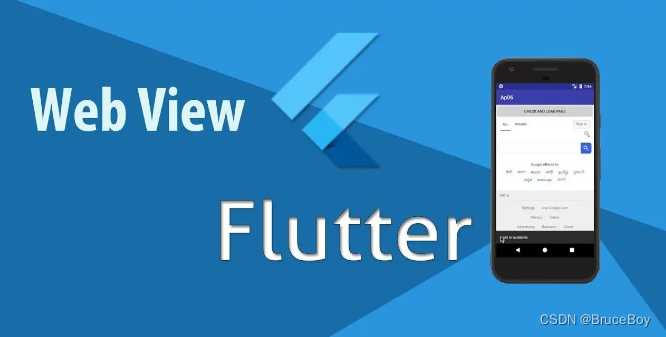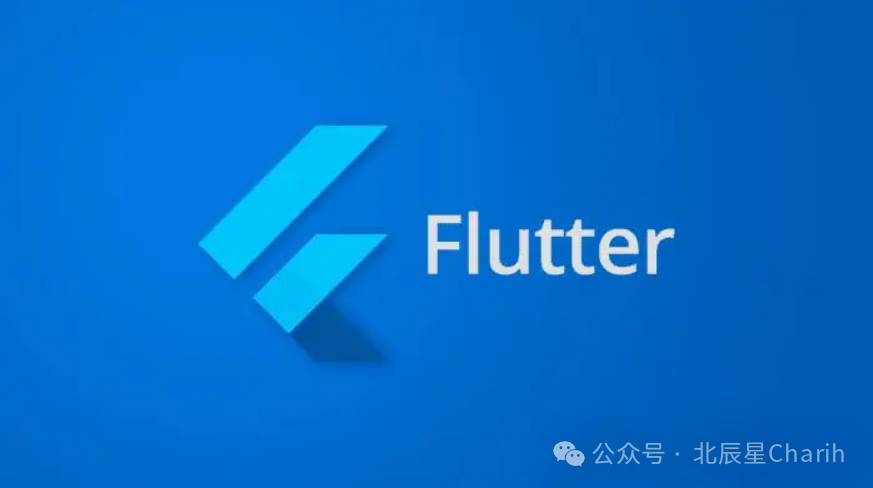Flutter 中的 CupertinoUserInterfaceLevel 小部件:全面指南
Flutter 是一个功能强大的 UI 框架,由 Google 开发,允许开发者使用 Dart 语言构建跨平台的移动、Web 和桌面应用。在 Flutter 的 Cupertino(iOS 风格)组件库中,CupertinoUserInterfaceLevel 是一个用于控制用户界面层次的组件。本文将为您提供一个全面的指南,介绍如何在 Flutter 应用中使用 CupertinoUserInterfaceLevel 小部件。
什么是 CupertinoUserInterfaceLevel?
CupertinoUserInterfaceLevel 是一个 Cupertino 组件,它允许开发者设置应用的用户界面层次,这在实现诸如弹出窗口、模态对话框等覆盖在内容上方的 UI 元素时非常有用。
为什么使用 CupertinoUserInterfaceLevel?
- 界面层次控制:
CupertinoUserInterfaceLevel允许您控制界面元素的层次,使得某些元素可以覆盖在其他元素之上。 - iOS 风格:它提供了符合 iOS 设计指南的用户界面层次处理方式。
- 动态交互:
CupertinoUserInterfaceLevel可以响应用户的交互,动态地调整界面层次。
如何使用 CupertinoUserInterfaceLevel?
使用 CupertinoUserInterfaceLevel 通常涉及以下几个步骤:
导入 Flutter 包:
import 'package:flutter/cupertino.dart';创建
CupertinoUserInterfaceLevel:
在您的布局中添加CupertinoUserInterfaceLevel组件。配置层次:
通过level参数为CupertinoUserInterfaceLevel设置层次级别。包裹 UI 组件:
使用CupertinoUserInterfaceLevel包裹需要调整层次的 UI 组件。构建 UI:
构建包含CupertinoUserInterfaceLevel的 UI。
示例代码
下面是一个简单的示例,展示如何使用 CupertinoUserInterfaceLevel 来创建一个覆盖在内容上方的模态对话框。
void main() => runApp(MyApp());
class MyApp extends StatelessWidget {
Widget build(BuildContext context) {
return CupertinoApp(
home: MyHomePage(),
);
}
}
class MyHomePage extends StatefulWidget {
_MyHomePageState createState() => _MyHomePageState();
}
class _MyHomePageState extends State<MyHomePage> {
bool _isDialogShowing = false;
void _showDialog() {
setState(() {
_isDialogShowing = true;
});
}
void _dismissDialog() {
setState(() {
_isDialogShowing = false;
});
}
Widget build(BuildContext context) {
return CupertinoPageScaffold(
navigationBar: CupertinoNavigationBar(
middle: Text('CupertinoUserInterfaceLevel Example'),
),
child: Center(
child: CupertinoButton(
child: Text('Show Dialog'),
onPressed: _showDialog,
),
),
);
}
}
class MyDialog extends StatelessWidget {
Widget build(BuildContext context) {
return CupertinoUserInterfaceLevel(
level: 2,
child: CupertinoAlertDialog(
title: Text('Alert'),
content: Text('This is a modal dialog.'),
actions: [
CupertinoDialogAction(
child: Text('Dismiss'),
onPressed: () {
Navigator.pop(context);
},
),
],
),
);
}
}
在这个示例中,我们创建了一个 CupertinoButton,当用户点击按钮时,会通过 _showDialog 方法设置 _isDialogShowing 为 true。然后,我们使用 CupertinoUserInterfaceLevel 包裹 CupertinoAlertDialog 来显示模态对话框。
高级用法
CupertinoUserInterfaceLevel 可以与 Flutter 的其他功能结合使用,以实现更高级的布局效果。
动态层次调整
您可以根据应用的状态或用户交互动态更改 CupertinoUserInterfaceLevel 的 level 属性。
结合动画
您可以结合 AnimationController 来创建层次变化的动画效果。
结合其他 Cupertino 组件
CupertinoUserInterfaceLevel 可以与 CupertinoNavigationBar、CupertinoPopupSurface 等其他 Cupertino 组件结合使用,以创建复杂的 iOS 风格布局。
结论
CupertinoUserInterfaceLevel 是 Flutter 中一个非常有用的 Cupertino 组件,它为实现 iOS 风格的用户界面层次提供了支持。通过本文的指南,您应该已经了解了如何使用 CupertinoUserInterfaceLevel 来创建具有层次结构的布局,并掌握了一些高级用法。希望这些信息能帮助您在 Flutter 应用中实现更丰富、更符合 iOS 设计指南的界面效果。




